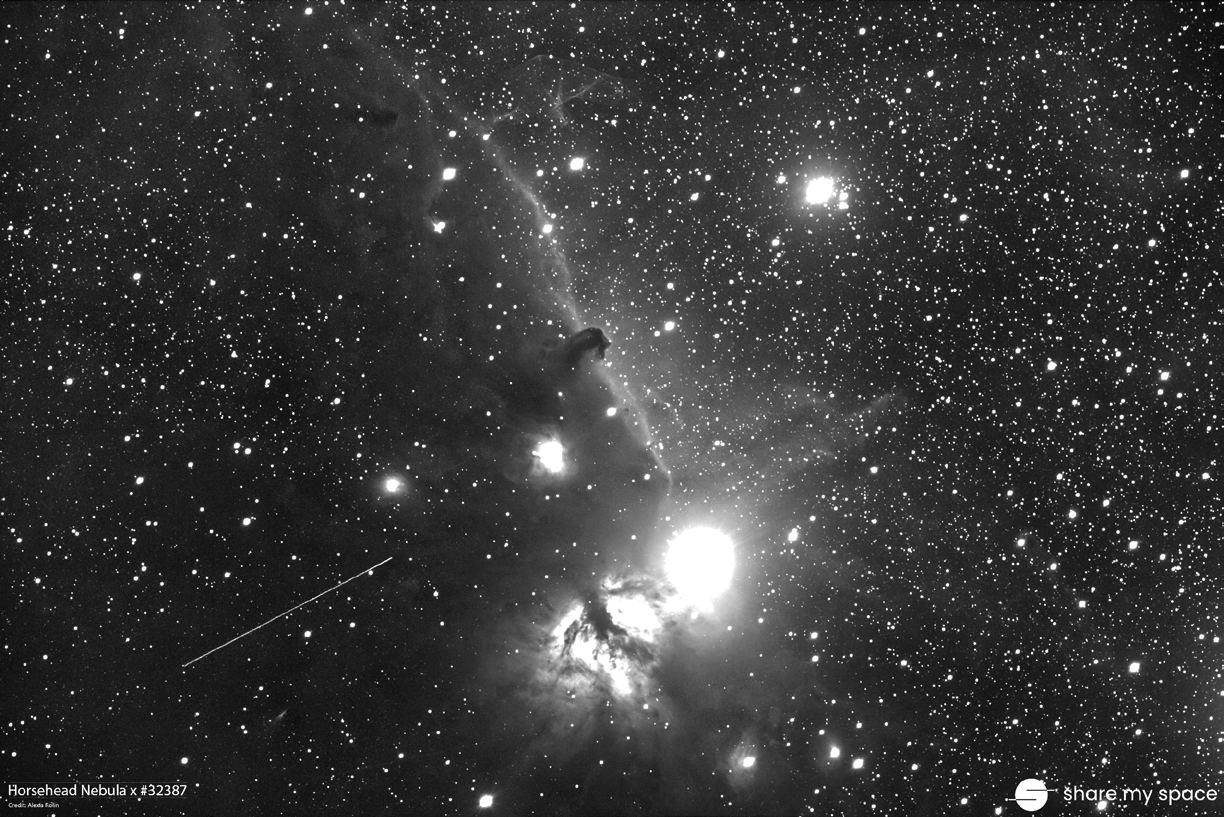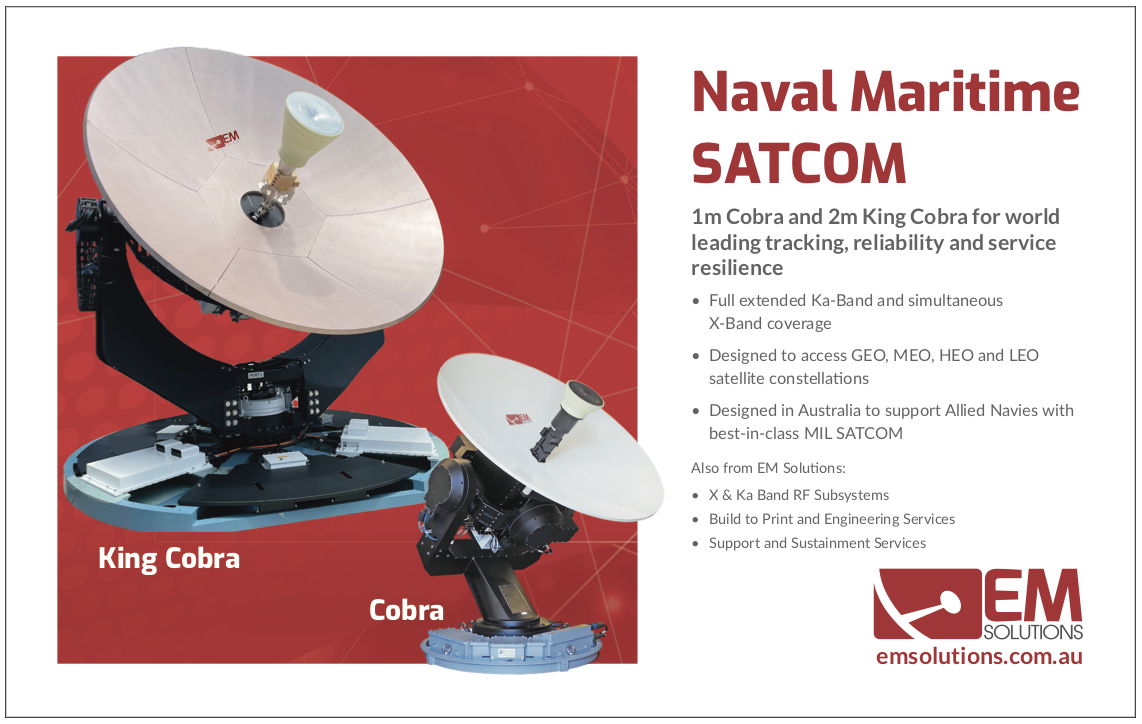Since Yuri Alekseyevich Gagarin’s historic space travel in 1961, it has become evident that space serves as a pivotal frontier for human exploration and scientific progress as well as a potential catalyst for heightened geopolitical tensions and confrontations.

With the development of space-based weaponry and anti-satellite technology (ASAT), the militarization of space can no longer be disregarded. While space has been a realm of confrontation, whether technological or military, the absence of clear, international regulations and liability frameworks has the potential to escalate conflicts.
The absence of comprehensive measures to control potential military aggressions in space raises several pressing questions. For instance, in the event that one country attacks a foreign asset, how can responsibility be assigned? Which international court would rule over such a case? How can the international community interpret the UN Charter in a way that allows for its enforcement in the context of space?
According to Article 2.4 of the United Nations Charter: “All Members shall refrain in their international relations from the threat or use of force against the territorial integrity or political independence of any state, or in any other manner inconsistent with the Purposes of the United Nations.”
This article embodies a fundamental principle of international law: the prohibition of the use or threat of force in international relations. Nevertheless, this provision is counterbalanced by Article 51, which recognizes the legitimate right of self- defense in response to an armed attack.
While the UN Charter does not explicitly mention space, these principles can be extrapolated. Considering the absence of geographical limitations, these principles can be extended to space.
However, it is essential to acknowledge that international law does include specific provisions pertaining to space under the Outer Space Treaty (OST) that states that the moon and other celestial bodies must be used exclusively for peaceful purposes.

Photo taken by Share My Space proprietary telescopes. The satellite shown (light streak) is the RASCOM A (NORAD 32387) which was launched in 2007 from French Guyana. The nebula in the background is the Horsehead Nebula (Barnard 33), which is located within the Orion constellation. This scene was visible during 120 seconds, allowing to showcase a number of details on both the nebula and the surrounding gas clouds.
Article 4 of the OST stipulates: “States Parties to the Treaty undertake not to place in orbit around the earth any objects carrying nuclear weapons or any other kinds of weapons of mass destruction, install such weapons on celestial bodies, or station such weapons in outer space in any other manner. The moon and other celestial bodies shall be used by all States Parties to the Treaty exclusively for peaceful purposes. The establishment of military bases, installations, and fortifications, the testing of any type of weapons, and the conduct of military maneuvers on celestial bodies shall be forbidden...”
In order to address military aggression effectively, there is a need for further clarification; to define what actions may be considered contrary to peaceful purposes, particularly when the boundaries are blurred, as is the case with direct-ascent ASAT tests.
For instance, should anti-satellite tests against one’s own assets be regarded as hostile if the resulting debris poses a threat to other satellites? Would such actions be categorized as acts of violence?
As for now, the United Nations General Assembly has called for the prohibition of ASAT test. However, this is far from being a legal condemnation.
Consequently, it becomes evident that international law does not adequately address the mitigation of space debris resulting from military activities in space. Furthermore, in addition to the legal ambiguity surrounding the use of force in space, another question can be posed in regard to the existence of a liability system if force does indeed occur.

Photo of a Share My Space’s observation station, courtesy of
the company.
With the increasing number of actors and assets in space, these concerns become more pronounced. The United Nations Convention on International Liability for Damage Caused by Space Objects, adopted in 1972, primarily focuses on damages caused to airspace or Earth’s surface by launches, neglecting on-orbit incidents. This omission leaves urgent issues such as satellite collisions and debris creation unaddressed. Expanding liability coverage to encompass all potential incidents could prevent unauthorized use of force in space.
As access to space has become more affordable, the actions of private companies engaged in (potential) hostile activities can become a fundamental issue. The majority of space law has been crafted by and for a handful of spacefaring nations. With the proliferation of commercial activities on-orbit, from satellite servicing to future space tourism missions, the ability of existing legal precedents to adequately address current challenges is questionable.
In October of 2023, the Federal Communications Commission sanctioned, for the first time, a company that failed to respect its de-orbit plan. While the legal issue creates a noteworthy precedent for space sustainability and safety, the issues of jurisdiction and liability are even more complex when it comes to hostile and aggressive behavior.
Is the legal framework under which private actors operate solely based on the laws of their home country, or should it adhere to international norms and regulations, in relation to a sovereign nation?
This ambiguity creates a liability gap where assigning responsibility and blame becomes intricate. Of course, this is not a new issue as similar challenges arose during the Iraq war with private contractors.
Nevertheless, irrespective of the commercialization of space, the fundamental issue remains that the current soft law framework does not provide incentives for states to act peacefully. States can generate hazardous debris or de-orbit their assets through uncontrolled reentries without fearing any major legal consequences or worse engage in unpeaceful operations.

As the future unfolds, states will need to safeguard their national interests while still maintaining liability in case of misconduct. This imperative is likely to become more pronounced as non-consensual space activities become more prevalent.
With the goal of avoiding escalation in violence, space situational awareness companies, such as Share My Space, have a role to play. Sharing valuable information with operators and governments can enhance confidence in neighboring space activities and reduce risks of misunderstanding.
Share My Space advocates for responsible space conduct that is compliant with international norms of behavior and work activity to promote guidelines for peaceful operations.
www.sharemyspace.space

Saloua Moutaoufik
Author Saloua Moutaoufik is an international relations and security graduate from Sciences Po Paris. She’s been working for Share My Space, a space situational awareness company for a year, initially in the Paris office and then since July in the Austin, Texas one. She’s been responsible for public and industry relations, engaging the space ecosystem to increase awareness around the need for comprehensive debris mitigation solutions.


